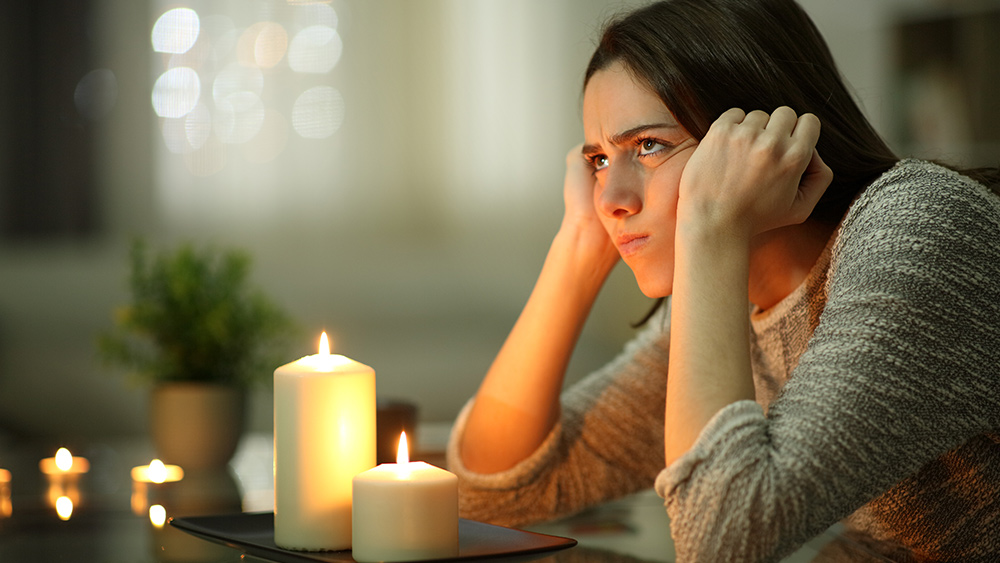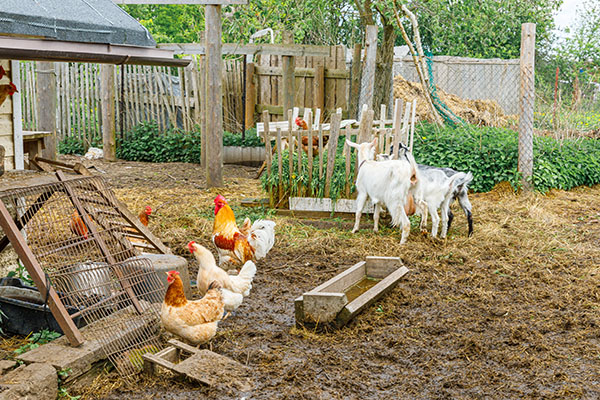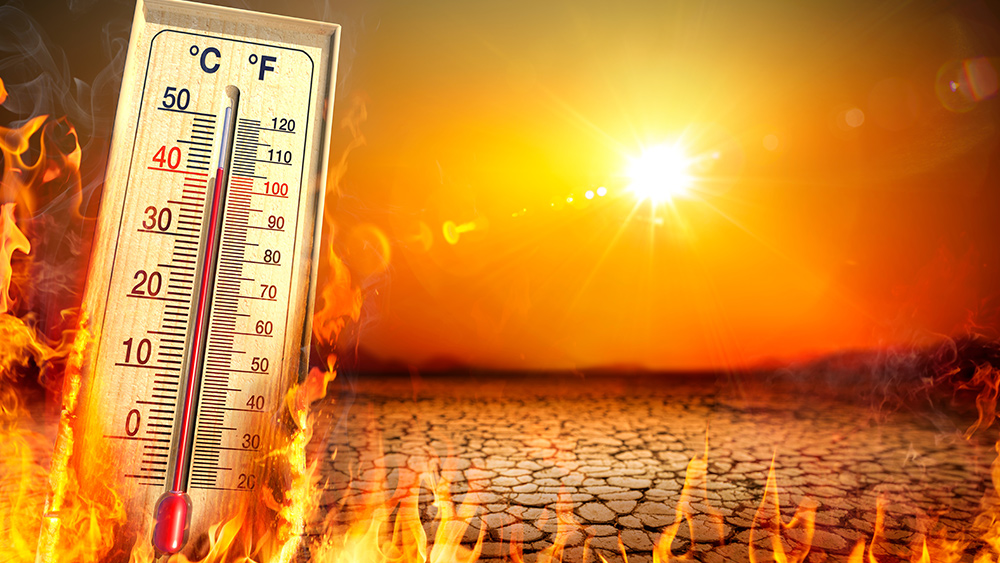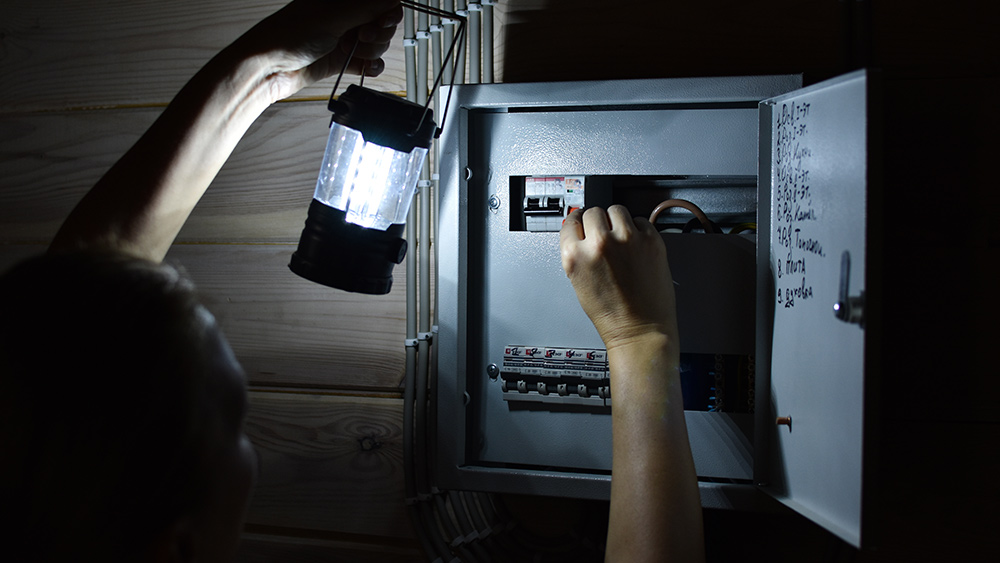12 Ways to cool your house during a summer power outage
07/27/2023 / By Olivia Cook

Here are some tips to ensure your home stays cool and comfortable for you and your family when the power fails during summer. (h/t to OnItHome.com)
Close your windows during the day
When the power goes out, keep as much cool air as possible by closing the windows in your house during the day to keep sunlight out. Most people believe opening their windows wide can allow cool and pleasant air into the house, but that’s not the case during the day. It will only bring in more hot air, making your home even hotter.
Close blinds and curtains during the day
Keep the curtains and blinds closed to lower the amount of sunlight that enters your house through the windows and cool down the surging heat in your house. Closing the blinds can help you avoid the greenhouse effect of sunlight penetrating through the glass, raising temperatures in the house.
Hang up heat-blocking curtains
Ordinary window blinds may not be as effective in protecting your home from heat as thermal heat-blocking curtains. Designed with layers of heat-blocking fabrics, these innovative drapes successfully insulate your home by acting as a barrier to prevent air from entering or leaving.
This technology also allows them to block out light and minimize noise from outside, making them excellent for bedrooms and nurseries. Thermal curtains can also provide an extra layer of protection for your furniture against the sun’s damaging UV rays.
Block the sun
When you plant trees, you’ll provide some shade both around and inside your house. A study published in the journal Building and Environment has shown that trees covering buildings in shade can lower the surface temperature of walls by up to 48.2 degrees Fahrenheit.
The supplemental roof or cover (a perfect alternative to trees) can be fitted above your windows and doors to protect your house from solar heat gain. If your property receives direct sunlight, awnings can reduce solar heat gain by up to 75 percent.
A study published in the journal Energy and Buildings found that using external window shutters can reduce cooling needs or thermal energy by up to 14 percent.
Even something as simple as painting your roof a light color can reduce indoor temperatures. Research in very hot cities in southern Asia published in the journal Applied Energy found that reflecting the sun’s energy can reduce cooling needs by more than seven percent.
Seal up leaks
If possible, you may want to check on how well-insulated your home is. While a well-insulated home is better at keeping warm, it is better at staying cool, too. Check all of your windows and doors for air leaks. Use some weather stripping and caulk to keep your home cool and warm.
Open your doors and windows at night
Create as much airflow as possible. A gentle breeze can make a big difference in keeping your home cool. Open your doors and windows at night when the air is cooler to release the hot air in your house and allow cooler air to enter, circulate throughout your space and bring down the temperatures indoors.
Avoid cooking indoors
Avoid cooking inside using a gas oven or stove during a power outage as these will quickly heat up your kitchen and living space. Consider using a camp stove or your grill outside if you must cook.
Don’t open your refrigerator or freezer unless you absolutely have to. The more you open it, the more cool air will be released and your food items will spoil more quickly.
Humidify your house
Add extra humidity in the air to help cool your house. Humidifying your house removes dry air that can affect your skin and wood fixtures and helps reduce the heat in the house.
Cook foods that use boiling water. As the water boils, it evaporates into the air, adding moisture to your living space.
You may also leave your bathroom door open while showering. The steam from your shower permeates your house, adding water to the dry air.
Placing water vessels around the rooms in your house also enables moisture to evaporate into the air, reducing the adverse effects of heat.
Moisten your curtains with fresh water. Water evaporates as the sunlight hits them, eventually adding moisture to the surrounding. You can also hang a thick fabric or a damp cloth in open windows and doorways to prevent the hot air from seeping into your space.
Use fans
Place solar-powered or rechargeable battery-operated fans across from open windows to create a cooling cross breeze. For window box fans, let them blow air into your house when it’s cool outside and outwards when it’s hot. You can also readjust your ceiling fans to rotate counterclockwise. It helps pull hot air up and out, making your house create a cooling breeze.
Use a “swamp cooler”
Make a “swamp cooler” by putting a bucket or pan of water in front of a fan. This will help cool the air as it is circulated. (Related: How to stay cool if you lose power during a heatwave.)
Use a DIY evaporative cooling system
The DIY evaporative system harnesses evaporation’s cooling power to cool your house without electricity.
Cut a hole on top of a large Styrofoam cooler box. Place a tray of ice below the box. Angle your solar-powered fan to blow air into the box. As the fan blows air into the box, it gets cooled as it passes over the ice, creating a cooling effect in your house when temperatures rise.
Don’t use any type of flame lighting
Avoid using candles, gas lanterns or wick lamps that produce heat. Keep an ample supply of glow sticks, flashlights, headlamps, lanterns and task lights with multiple power sources.
Visit Survival.news for more stories on grid-down scenarios.
Watch this video about how to survive a summer power outage and stay cool.
This video is from the Daily Videos channel on Brighteon.com.
More related stories:
Surviving a massive power outage.
The prepper’s guide to surviving a power outage.
Survival tips: Alternate power sources for your homestead.
SHTF essentials: 7 Alternate power sources for emergencies.
Sources include:
Submit a correction >>
Tagged Under:
air circulation, awnings, bug out, Collapse, disaster, electricity, grid down, heat-blocking curtains, homesteading, off grid, power, power failure, power grid, Power Outage, preparedness, prepper, prepping, SHTF, summer, swamp cooler, tips, ventilation
This article may contain statements that reflect the opinion of the author
Get independent news alerts on natural cures, food lab tests, cannabis medicine, science, robotics, drones, privacy and more from NewsTarget.com
Get independent news alerts on natural cures, food lab tests, cannabis medicine, science, robotics, drones, privacy and more from NewsTarget.com
RECENT NEWS & ARTICLES
SHTF.News is a fact-based public education website published by SHTF News Features, LLC.
All content copyright © 2018 by SHTF News Features, LLC.
Contact Us with Tips or Corrections
All trademarks, registered trademarks and servicemarks mentioned on this site are the property of their respective owners.





















